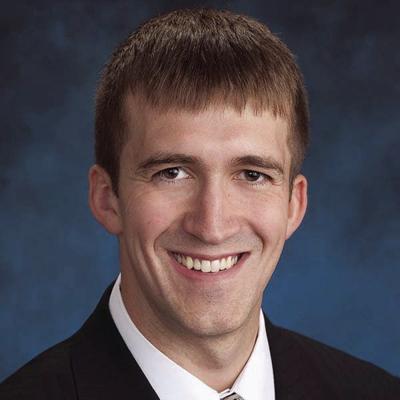Somehow forgot to mention all these problems in stroke. Nothing that will get you to 100% recovery.
EVERYTHING IS A FAILURE IN STROKE!
The current state of stroke is a complete failure. None of the following have cures.
1. 30% get spasticity NOTHING THAT WILL CURE IT.
2. At least half of all stroke survivors experience fatigue Or is it 70%?
Or is it 40%?
NOTHING THAT WILL CURE IT.
3. Over half of stroke patients have attention problems.
NOTHING THAT WILL CURE IT.
NO PROTOCOLS THAT WILL CURE IT.
4. The incidence of constipation was 48%.
NO PROTOCOLS THAT WILL CURE IT.
5. No EXACT stroke protocols that address any of your muscle limitations.
6. Poststroke depression(33% chance)
NO PROTOCOLS THAT WILL ADDRESS IT.
7. Poststroke anxiety(20% chance) NO PROTOCOLS THAT WILL ADDRESS IT.
8. Posttraumatic stress disorder(23% chance) NO PROTOCOLS THAT WILL ADDRESS IT.
9. 12% tPA efficacy for full recovery NO ONE IS WORKING ON SOMETHING BETTER.
10. 10% seizures post stroke NO PROTOCOLS THAT WILL ADDRESS IT.
11. 21% of patients had developed cachexia NO PROTOCOLS THAT WILL ADDRESS IT.
12. You lost 5 cognitive years from your stroke NO PROTOCOLS THAT WILL ADDRESS IT.
13. 33% dementia chance post-stroke from an Australian study?
Or is it 17-66%?
Or is it 20% chance in this research?
NO PROTOCOLS THAT WILL ADDRESS THIS
But the whitewashing is below:
Advances in the treatment of stroke

Weakness
on one side of the body, slurred speech, facial drooping, inability to
find or understand words; these are symptoms of a stroke which are
typically sudden in onset. The symptoms can be subtle, or they can be
severe. Regardless, rapid diagnosis and treatment is the key to
recovery.(But we don't know how to get you recovered. NO STOKE REHAB PROTOCOLS EXIST!)
Not long ago, not much could have been done for someone as they were having a stroke. Often, we could only wait and see how the patient recovered with rehabilitation. For years, prevention was the only tool we had to combat initial and recurring strokes. Preventative measures such as blood pressure control, aspirin or other blood thinners, cholesterol control, and of course, a healthy diet and exercise remain especially important today. Thankfully, we now have a few more options.
Clot-busting medications have been a great advancement in the treatment of strokes since the mid-1990s. If administered soon enough, sometimes these clot-busting medications can work to break up a clot that is blocking blood flow in an area of the brain thus restoring circulation. This can help to preserve or at least minimize the area of the brain that would be permanently damaged.
There are risks to these meds, such as bleeding, but the chance of improving the outcome usually justifies their use. To minimize risks, the clot-busting medication must be initiated within three to four- and one-half hours following the onset of symptoms. Physicians also consider other criteria before treating with clot-busting meds, including the patient’s medical history, blood test results, and they must rule out a hemorrhagic stroke using CT imaging of the brain. A hemorrhagic stroke is when damage is done by a ruptured blood vessel rather than from blockage.
More recently, technological developments have changed the emergent care offered for very severe strokes. It is now possible to manually restore blood flow to the brain using minimally invasive surgery. A surgeon inserts a system of catheters and wires into an artery in the arm or groin, advances this system up through the neck and into the brain. Then, at the location of the blood vessel blockage, the blood clot is removed and the circulation to the affected area is restored.
Highly specialized, this new procedure seems almost miraculous. It has been referred to as the “Lazarus” procedure as it literally brings people back to life and sometimes immediate improvement is noted as soon as during the procedure.
The keys are recognition and time. Know the signs and get help quickly. Think of the acronym FAST: Face drooping? Arm weakness? Speech difficulty? Time to call 9-1-1.
Andrew Ellsworth, M.D. is part of The Prairie Doc® team of physicians and currently practices family medicine in Brookings, South Dakota. For free and easy access to the entire Prairie Doc® library, visit www.prairiedoc.org and follow Prairie Doc® on Facebook featuring On Call with the Prairie Doc® a medical Q&A show streamed most Thursdays at 7 p.m. central.
No comments:
Post a Comment